



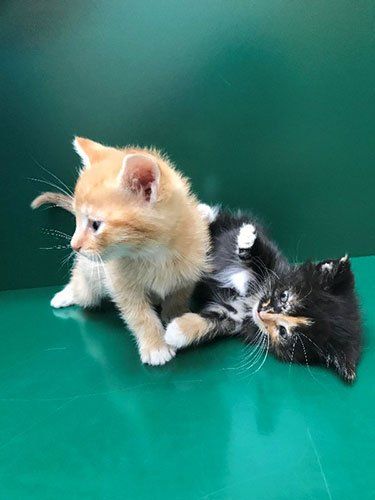
Lemon Meringue: ~ 8 weeks old, male, castrated
Chocolate Banana Cream: ~ 8 weeks old, female, spayed
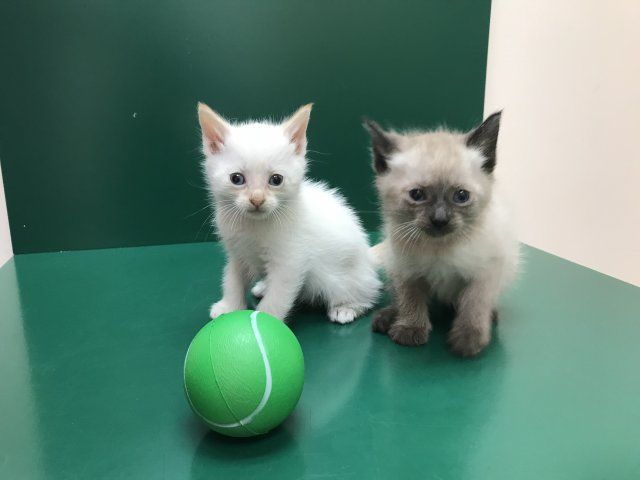
Coconut Cream: ~ 8 weeks old, male, castrated
Chocolate Mousse: ~ 8 weeks old, male, spayed
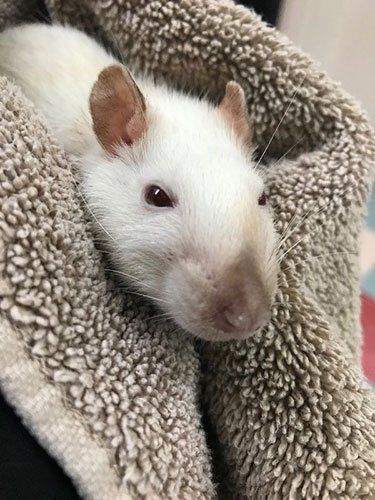
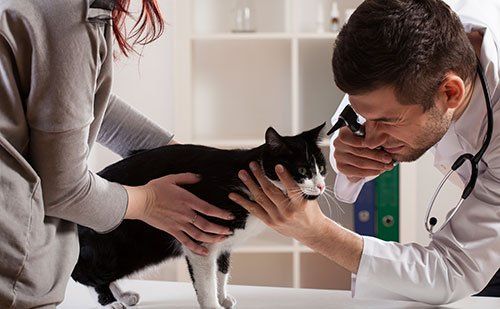
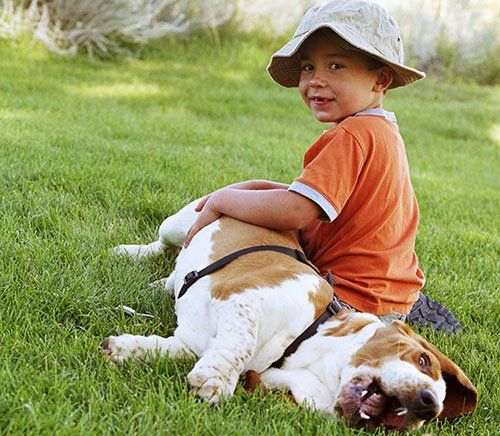
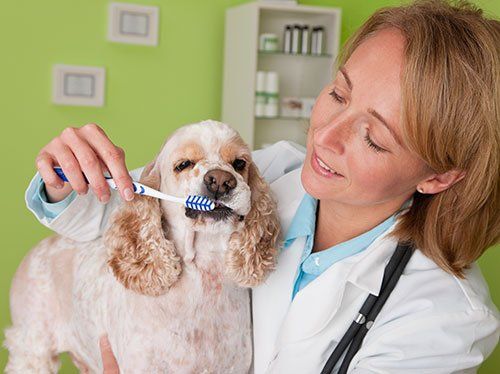

As pets grow older, their personalities mature and deepen. Unfortunately, they also develop health problems associated with older age. The following are problems we commonly see in older pets and methods to manage them.
Loss of Senses
Diminished vision can get in the way of catching treats or toys, hesitating at stairs or walking into traffic. The most common problem is lenticular or nuclear sclerosis which is a hardening of the lens. It is often mistaken for cataracts and other than affecting depth perception since dogs don’t have fine focal vision no treatment is indicated. Other problems can lead to difficulty seeing in the dark. Night lights at stairs and next to food and water can help. Blind dogs can be helped with a haloz (muffinshalo.com) to keep from bumping into things and bells on collars of other animals in the house can prevent being bumped into by them.
Hearing loss typically starts during the last third of a breed’s typical lifespan. Mid to high frequencies are affected first. Older pets “hear” the food bowl because they can still smell it. The sense of smell becomes more important as hearing and vision are lost. Scent markers such as Tracer2(innovetpet.com) can be used to guide pets with vision loss around furniture and to food and water.
Skin Conditions
Older dogs tend to more easily develop skin infections that can be mild resulting in scaly skin and foul odor at the skin. Often medicated shampoos and topical medications can control this. Dull and lusterless hair coats can benefit from brushing and addition of a fatty-acid supplement.
Mobility & Joint Movement
Mobility problems are best addressed early before pain and/or muscle atrophy becomes chronic. Addressing joint pain early provides for continued joint motion which keeps joints comfortable and maintains muscle tone and diminishes atrophy. Medical treatment and low-impact exercise prevent worsening of the pain and stiffness. Purposeful walks, starting with 5-10 minutes twice daily can produce surprising results. A “purposeful” walk is one that focuses on consistently walking rather than allowing sniffing for most of the walk time. Walks up and down hills will help to strengthen muscles with relatively low-impact activity. For those dogs with limited mobility, using a wagon to travel to a park and then getting out on the grass for wandering around and smell time gives them an enjoyable outing with mental stimulation.
For dogs with mobility problems, tile or wood floors can become unmanageable. Using carpet door mats on areas frequently traveled, booties with a non-slip surface, glue on paw pads and rubber toe nail rings can all help. Booties need to be removed when your dog is inactive to prevent moisture from causing skin irritation.
Weight Management
Extra body weight can quickly become a problem with food treats and diminished exercise. You should be able to feel the ribs when running your fingers down the side of the chest and there should be an obvious waist when looking down from above or from the side. Obesity is linked to multiple diseases and can be extremely debilitating in pets with chronic arthritis and is the primary predisposing factor in development of diabetes in cats. Begging is a common problem that doesn’t require that a food treat be given. Frequently what is wanted by your pet is to be recognized as an important family member. Petting, playing with your pet or if you must give food then giving them some of their usual food by hand is a “treat”. Foods sold as treats are generally very high in calories and so if treats must be given use treats that are just a couple of calories. Dogs find carrots and apples satisfying.
Sleep
Some older dogs become restless at night and will pace and pant, keeping everyone awake. There are many reasons an older dog may have difficulty sleeping including both medical and behavior related reasons. Discomfort, anxiety and cognitive problems are most common. If the pet is comfortable then anti-anxiety and/or sedative medications are often needed. Besides allowing everyone to have a good night’s sleep it may also allow dogs to be more alert during the day.
Treats & Games
Mental stimulation improves the older pet’s quality of life. When walks outside are not possible, hide and seek is a great game, especially if there is a food reward for finding their person. And for those pets that like treats, the use of food puzzles (aikiou.com) and putting food in a Kong toy is mentally stimulating.
Our pets are remarkable in their acceptance and accommodation of their disabilities as they age. Recent improvements in our ability to recognize and manage pain, anxiety and disabilities can be life changing during their golden years.



















